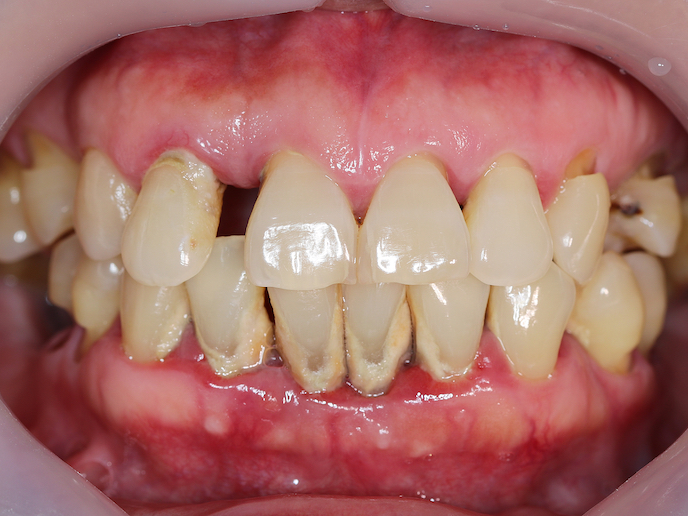The important role that the Epstein–Barr virus plays in periodontitis
Periodontitis is an infection-driven irreversible inflammatory disease which attacks the structures surrounding and supporting teeth, including the gingival tissue, periodontal ligament, cementum and alveolar bone. As well as the aesthetic implications, this can eventually lead to teeth loss, limiting chewing ability and overall nutritional health. Periodontitis is believed to be a multifactorial disease. While the causal role of pathogenic bacteria is common knowledge, it doesn’t provide a complete explanation alone. “Recent evidence suggests that some oral viruses, such as herpes viruses, may interact with oral bacteria, worsening the condition. Research has found high levels of the Epstein–Barr virus(opens in new window) (EBV) particularly, in periodontitis lesions,” says Alain Doglio, supervisor of the VIBRiOD project, which was undertaken with the support of the Marie Skłodowska-Curie Actions(opens in new window) programme. The VIBRiOD team have revealed the likely underlying molecular mechanisms by which EBV may cause and progress periodontitis. “To our knowledge, our results provide the first evidence of EBV as a significant pathogenic contributor to periodontitis by worsening inflammation, promoting B-cell and plasma cell infiltration into the periodontal lesion, and advancing epithelial tissue degradation,” adds VIBRiOD project researcher Lilit Tonoyan. These findings could herald new preventions and treatments for periodontitis, currently an uncurable disease.
Understanding dysbiosis
Whole transcriptome profiling(opens in new window) has been one of the most popular approaches to studying human diseases at the molecular level, as it can reveal their underlying mechanisms. While transcriptomic profiling has been carried out to compare healthy gum and inflamed periodontal tissues, prior to VIBRiOD no one had performed transcriptomic analysis on a potential pathogen in the periodontal tissue. “So our aim was to understand the periodontal transcriptome in healthy and diseased gingival tissues, with EBV absent and present,” explains Tonoyan. Using microarray transcriptomic assay, with results validated by high-throughput nanofluidic qPCR(opens in new window) – a novel advancement in detection and quantification of gene expression – the team showed that EBV directly contributed to periodontal inflammation. “While the old view was that periodontitis was caused mainly by pathogenic bacteria, it’s starting to look likely that the root lies in an emerging dysbiosis between pathogenic bacteria, EBV and an overreacting host immune response,” notes Doglio from the University of the Côte d’Azur(opens in new window), the project host. “Intriguingly we unexpectedly found that EBV infection was very common in healthy gums, over 70 % of our samples, even before any disease. So the challenge will be to work out the sequence of triggers that tips the balance into disease.”
A new disease paradigm
As Doglio points out, this paradigm which suggests a viral-bacterial synergy at the heart of many diseases is becoming increasingly credible as evidence mounts for the key role coinfections play in other diseases such as influenza and SARS-CoV-2. Periodontitis itself is one of the most prevalent human diseases, with severe periodontitis the sixth most common disease worldwide(opens in new window). Beyond oral health, it is also regarded as a risk factor for over 50 systemic diseases, including diabetes, respiratory, cardiovascular and neurodegenerative diseases, and even various cancers. “Being able to cure periodontitis would not only reduce suffering but also decrease the financial burden on healthcare. Our work could lead to innovative treatments for periodontitis,” concludes Tonoyan. The team are now preparing for a clinical trial within the PHRC HERPARO(opens in new window) project to compare the effectiveness of an antiviral treatment (valacyclovir) to conventional treatments, scaling and root planning.







